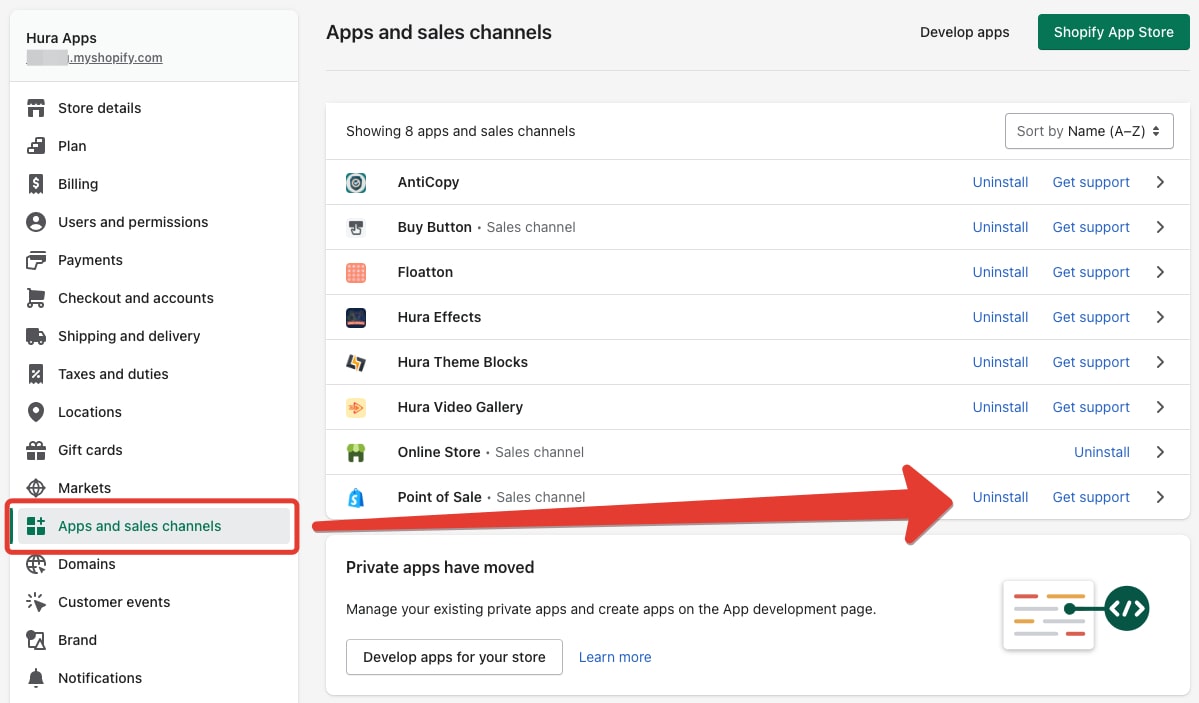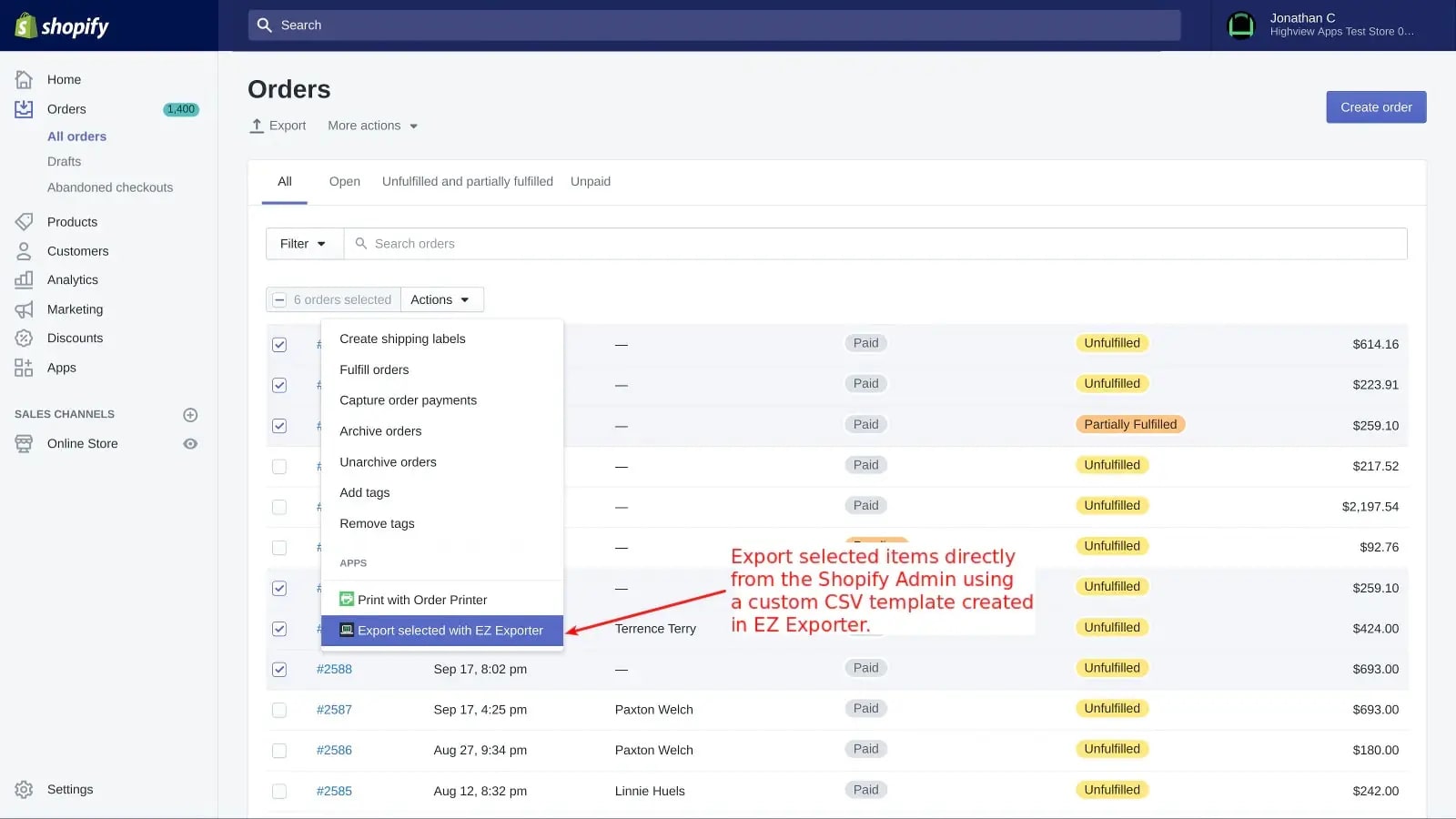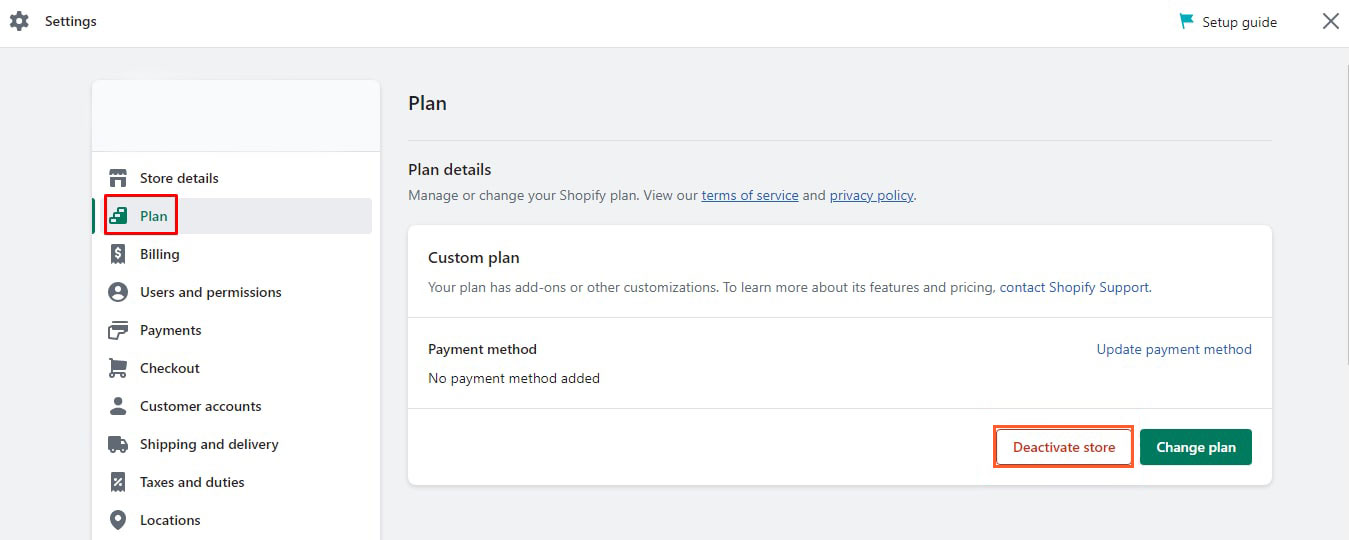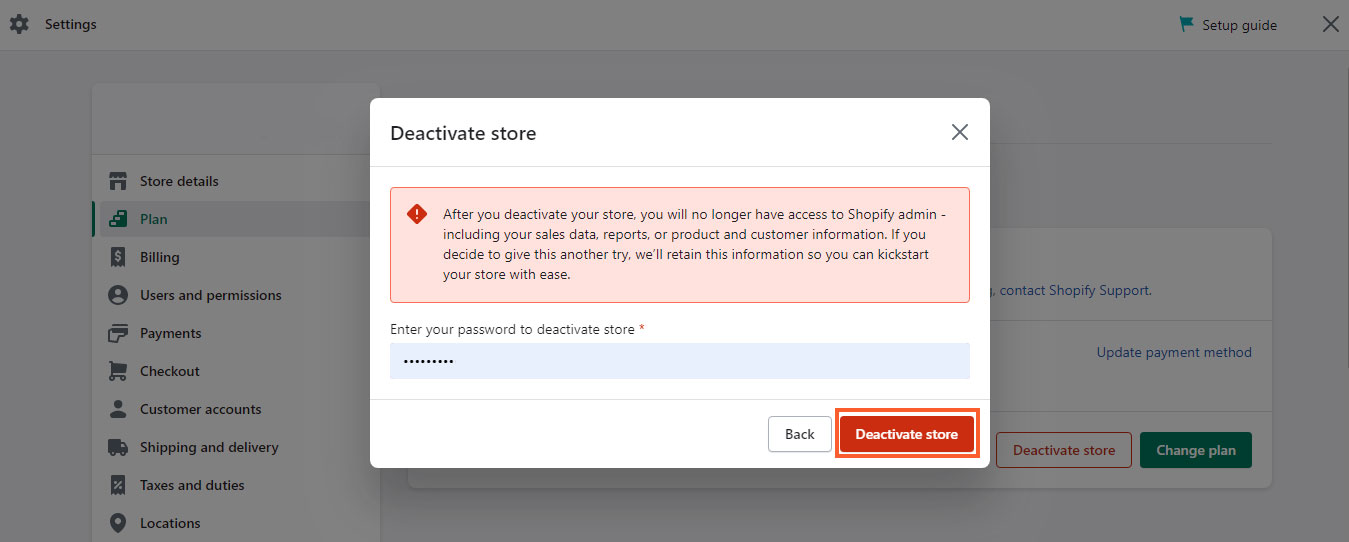The Ultimate Guide to Deleting Your Shopify Account Safely
Welcome to “The Ultimate Guide to Deleting Your Shopify Account Safely“, Whether you’re contemplating a move to a different eCommerce platform or find yourself no longer in need of your Shopify store, the decision to permanently delete your Shopify account is an important one. This comprehensive guide aims to walk you through the process, ensuring that you navigate the steps safely and efficiently. Before you embark on this journey, there are crucial considerations and precautions to be aware of. This guide will provide you with essential insights on what you need to know before taking the decisive step of deleting your Shopify account. Explore the intricacies of the process and gain a clear understanding of the precautions to ensure a smooth transition or closure, tailored to your unique circumstances. Let’s embark on this informative journey together, ensuring you make well-informed decisions throughout the process.
Considerations before deleting your Shopify account:
1. Remove all applications
To facilitate a smooth closure process for your Shopify store and prevent any potential post-closure charges, it is crucial to remove all third-party applications and services that are integrated with your store. Failing to take this step may lead to the continuation of charges even after your account has been deactivated. To ensure a comprehensive disconnection from external services, navigate to the dedicated Apps section within your Shopify dashboard. Here, carefully review and cancel any active subscriptions associated with your store, followed by the uninstallation of the respective apps. This approach guarantees the severance of all external connections, safeguarding you from unexpected fees and ensuring a clean termination of your Shopify account. By taking these proactive measures, you not only streamline the closure process but also mitigate the risk of lingering financial implications, providing a more secure and hassle-free conclusion.
Read more: How to Uninstall or Remove an App in Shopify

2. Settlement of outstanding charges
Addressing outstanding financial obligations is a crucial step in the process of closing your Shopify account. It is important to thoroughly examine your account statements and meticulously settle any unpaid bills or charges that may have accumulated over time. Failure to resolve these financial matters could pose obstacles to the closure procedure and potentially result in complications in the future. To guarantee a seamless and trouble-free account closure, dedicate the necessary time and attention to clearing all outstanding balances.
Begin by conducting a comprehensive audit of your account transactions, meticulously reviewing each entry to identify any pending payments. Subsequently, take proactive measures to settle these financial obligations promptly. This meticulous approach ensures that no loose ends remain, fostering a sense of closure and preventing any unforeseen issues that may arise post-closure.
3. Manually lose your Shopify store
Closing your Shopify store manually involves a distinctive process, setting it apart from certain platforms where account closure is managed by support teams. Unlike these platforms, Shopify places the onus of account closure entirely on the account holder. It is essential to comprehend that the Shopify support team lacks the authorization to initiate the closure of your store. As the account holder, the responsibility lies with you to navigate through the account settings and execute the manual closure of your Shopify store.
This deliberate approach grants you complete control over the closure process, enabling you to dictate the timing and execution of shutting down your store. By taking this proactive step, you ensure that the closure aligns with your preferences and strategic considerations. This manual process not only emphasizes the autonomy of the account holder in managing their Shopify store but also underscores the significance of a hands-on approach in crucial aspects of online business management.
When considering the closure of your Shopify account and you have previously registered custom domains through the platform, it becomes imperative to address these custom domains proactively. Take the necessary steps of either transferring or canceling these domains before proceeding with the closure process. Neglecting this crucial step may result in various complications, such as the risk of losing control over the domain or encountering difficulties when attempting to reuse it elsewhere.
To safeguard the ownership and control of your custom domains, initiate the transfer process to another registrar. This meticulous action ensures that you retain the rights to the domains, preventing any potential issues that may arise if they are left unresolved. By taking the time to transfer or cancel custom domains associated with your Shopify account, you not only protect your digital assets but also streamline the transition process.
5. Export data
This deliberate act of exporting data goes beyond mere record-keeping; it serves as a strategic and invaluable backup. By preserving this comprehensive dataset, you safeguard your ability to access critical information for future reference or potential re-establishment of your online presence. This proactive approach to data preservation not only underlines your commitment to responsible business management but also empowers you with the resources needed to navigate potential challenges or opportunities that may arise in your entrepreneurial journey.
Read more: Top 6+ Data Export Reports Apps For Shopify

6. Inform customers
As you navigate towards the closure of your account, it becomes increasingly essential to proactively inform and engage with your valued customers. This proactive approach to transparency serves as a crucial bridge, empowering your customer base with the knowledge of impending changes. By providing clear and timely notifications, you offer your customers the opportunity to make any necessary final purchases and address any inquiries before your online presence becomes inaccessible.
Establishing this open line of communication not only demonstrates a commitment to customer satisfaction but also fosters a sense of trust and goodwill. It enables your customers to navigate the transition smoothly, ensuring that their needs are met and concerns addressed. In this way, informed customers become partners in the process, facilitating a more seamless and positive conclusion to your Shopify store’s operations.
How to delete your Shopify account
- Log in to your Shopify Admin Account
- Choose the Settings option
- Select Plan. And click on Deactivate Store

- Select a reason for the deactivation, and then click Continue.
- Enter your password, and then click Deactivate now.

Conclusion
In conclusion, navigating the process of deleting your Shopify account requires a thoughtful and strategic approach to ensure a seamless and secure conclusion to your e-commerce journey. By following the comprehensive steps outlined in this guide, from informing customers to uninstalling apps and considering post-closure charges, you empower yourself to make informed decisions. Safeguarding your data, financial interests, and customer relationships becomes paramount during this transition. The ultimate goal is not just the termination of your Shopify account but a well-executed and responsible closure that leaves no loose ends. With careful consideration of every aspect, you can confidently move forward, knowing that you have taken the necessary measures to delete your Shopify account safely and pave the way for future endeavors.








